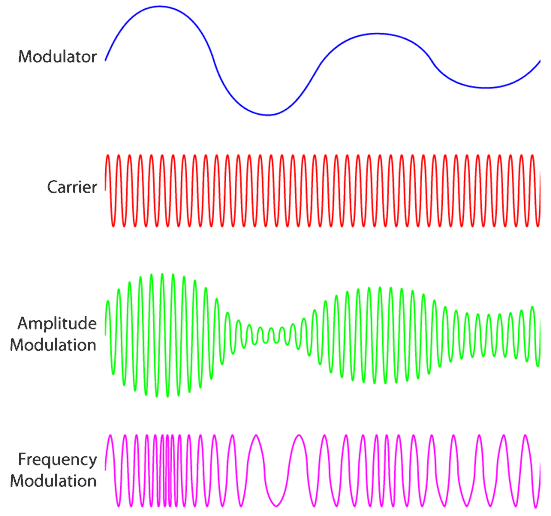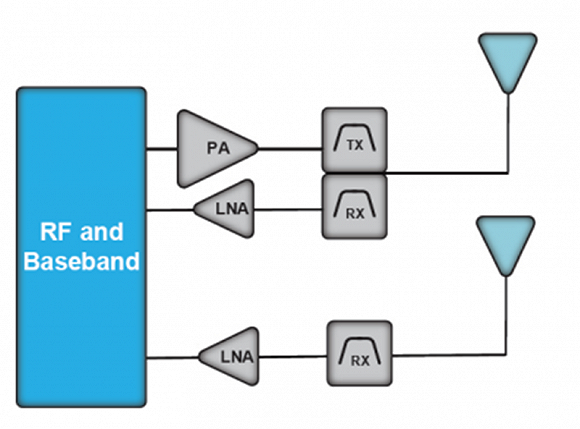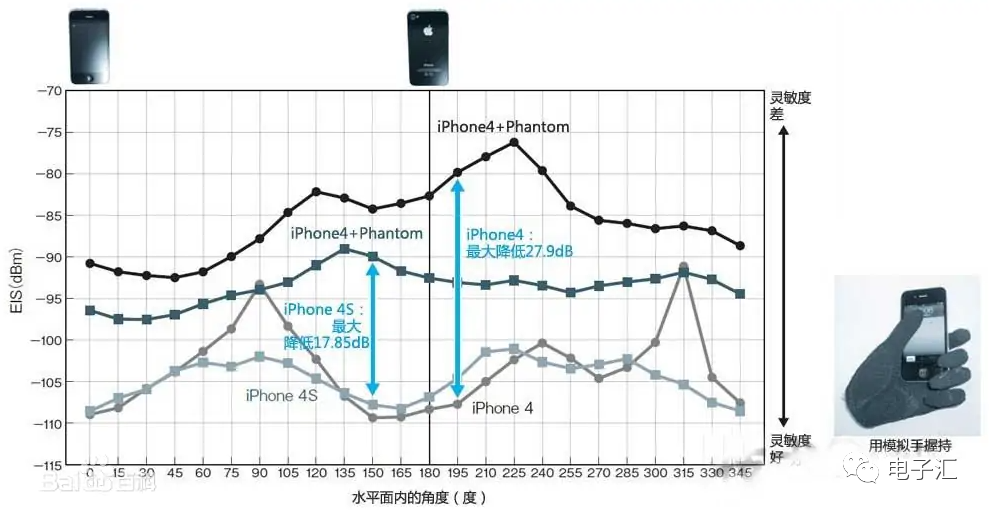AM requires a threshold for demodulation, and the signal will have a certain attenuation during long-distance transmission, coupled with noise interference, so it is easy to make a wrong judgment;
FM does not have the defect of AM, it only needs to judge the frequency, and the frequency difference will not change as fast as the amplitude during long-distance transmission, and the amplitude of the transmitted signal does not fluctuate like AM, so its bit error The rate is lower than the amplitude modulation;
Phase modulation is similar to frequency modulation. It only needs to judge the phase. During long-distance transmission, especially the carrier, the transmission path inevitably has capacitive and inductive, and their combination (especially when the inductive and capacitive are not fixed) will affect the signal. The attenuation of a certain frequency band is severe, which has a certain impact on the FM signal, but the phase modulation is different. Its frequency is fixed, and the occupied frequency bandwidth is much smaller than that of the FM signal, so it is much less affected by the above interference. So it has a smaller bit error rate than the FM signal.
AM occupies a small bandwidth and has certain requirements for PA linearity.
There is no difference between frequency modulation and phase. The changing frequency will become a changing phase if it is integrated in one symbol period. The key is the modulation index m. A switch-type PA can be used for the constant envelope of the output signal, which occupies a certain signal bandwidth, and the reception is easily affected by out-of-band interference signals.





